Sage, use in cooking and folk medicine

The wide distribution of essential oils is due to the richness of their chemical composition. The use of sage in cooking and medicine is not a rare phenomenon in our time.
Content:
- Sage plant: description
- Growing sage in the garden and on the windowsill
- Medicinal properties of the plant
- Use of sage in cooking: taste qualities, what it can be combined with
- Recipes with fresh sage
- How to make sage tea
- Who is not recommended to use sage?
Sage plant: description
A striking representative of the Lamiaceae family, widespread along the entire Mediterranean coast. Used in cooking, folk medicine and gardening.
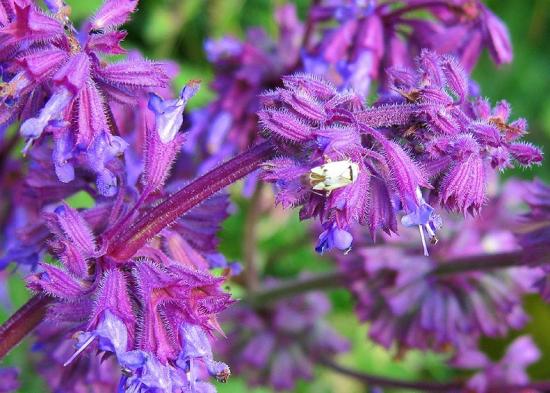
The most famous species is Garden Sage, which can be recognized by its characteristic features:
- Average height - 80 cm;
- The shape of the erect stem is weakly tetrahedral, closer to round, abundantly branched and pubescent in the upper part;
- The flowering period begins in the first half of summer and lasts throughout the season. The color is predominantly purple;
- The leaves are pubescent, gray-greenish in color, elongated in shape, which can vary from lanceolate to ovoid. They grow up to 10 cm in length. Characteristically, the upper leaves have petioles and their complete absence in the lower ones;
- The plant is a self-sterile species and produces fruit only as a result of cross-pollination. Seeds reach in late summer - early autumn;
- The root system is of a fibrous type and can reach significant sizes.
You can meet the flower both on the territory of personal plots and in the wild. The plant is hardy and unpretentious.
Growing sage in the garden and on the windowsill
Regardless of where it is grown, the rules for planting and care are not very different.
There are several options for planting: seeds and cuttings, but it is important to consider that:
- Before planting, it is recommended to temporarily place the seeds in water or keep them in damp gauze for some time until they germinate.
- Germinated seeds can be planted in moist soil to a depth of 5 mm. The first shoots can be seen by the end of the month;
- During this month, it is important to systematically water the plant and not allow the soil to dry out;
- When planting cuttings, it is recommended to choose healthy shoots, the length of which has reached no less than 10 cm. Before planting, you need to remove all leaves except the top ones and place the cutting in a glass of water so that the cutting takes root after it germinates - plant;
- For planting in the garden, it is important to choose well-lit areas, protected from drafts;
- The soil for planting must be breathable and sufficiently fertile. When growing on a windowsill, it is recommended to use a succulent mixture;
- Before pouring soil into the pot, it is important to lay a layer of expanded clay on the bottom for drainage. It is recommended to give preference to large containers that hold at least several liters.
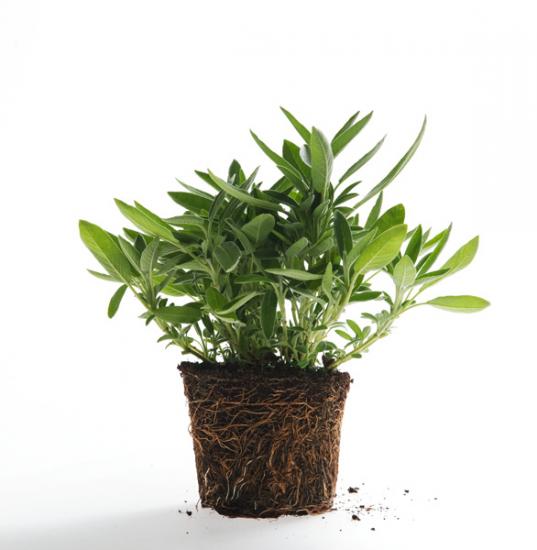
In order to activate the tillering process, it is recommended to systematically prune it. At the beginning of summer, it is important not to forget to add organic fertilizer.
Medicinal properties of the plant
The large amount of essential oils in the foliage of the flower, proteins and fatty oils in the seeds and coumarin are fundamentally responsible for its widespread use in traditional and alternative medicine.
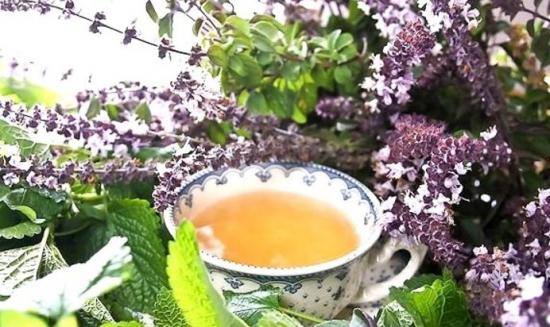
Is used for:
- Stopping the spread of inflammatory processes;
- Restoration of hematopoietic function;
- Increased secretory function of the gastrointestinal tract;
- Therapy of diseases of the kidneys, liver, gastrointestinal tract;
- Increasing the defense capacity of the immune system;
- Prevention of gynecological diseases;
- Therapy of burns, wounds, boils, ulcers and other skin diseases.
The upper parts of the stems, leaves and flowers act as medicinal raw materials for the plant. In this case, only those flowers are used that were grown away from highways and have not accumulated harmful substances.
Use of sage in cooking: taste qualities, what it can be combined with
In cooking, unlike medicine, only dried leaves are used, which are stored in glass jars. It has a tart aroma and a specific taste, so it must be used in strictly dosed quantities.
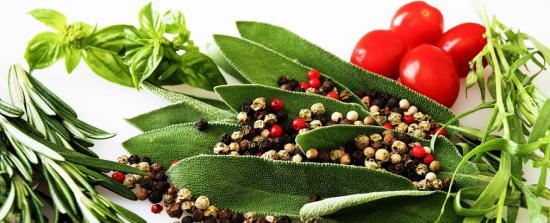
As a seasoning, it goes well with vegetables, fish, and meat. It is often used as an additive to canned food and drinks. Pairs well with spices such as thyme, rosemary, marjoram and oregano.
When used in doses, the seasoning adds a slight, specific bitterness to the dish. However, it is important to consider that too much spice can spoil the food.
Watch the video about using sage as a seasoning:
Recipes with fresh sage
Fresh sage leaves are often used in preparing drinks, mousses, and stewing meat.
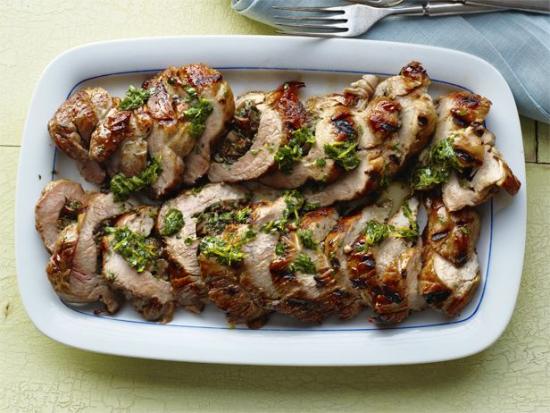
Leaves add specific notes, making even the most ordinary dish unique:
- Refreshing pear and lime drink - mix finely chopped lime in a glass with crushed ice, add pear juice and water. Finally, garnish the drink with sage leaves;
- Stew - fry the meat (chicken legs) over low heat until golden brown, then add sage and rosemary leaves, pour in vinegar. Simmer the dish for half an hour over low heat until fully cooked.
- Fresh leaves give a more intense flavor to the dish, which significantly distinguishes it from dried leaves. Therefore, it is recommended to use with caution.
You will learn another recipe for a dish with sage when watching the video:
How to make sage tea
To brew tea, you can buy sage packaged in bags or unpackaged at the pharmacy. In addition, you can prepare the raw materials yourself: collect the top leaves and flowers, dry and store in a tightly closed container.
To prepare, just pour water over sage and drink a cup a day, adding honey, lemon or orange. The latter is especially important, since such tea in its pure form has a bitter aftertaste.
If for some reason you don’t like this tea in its pure form, you can add it to regular tea. This will not reduce its effectiveness.
Who is not recommended to use sage?
Like other medicinal plants, in addition to indications for use, there are also contraindications. So doctors do not recommend drinking sage for more than two months without a break or brewing it too strong.
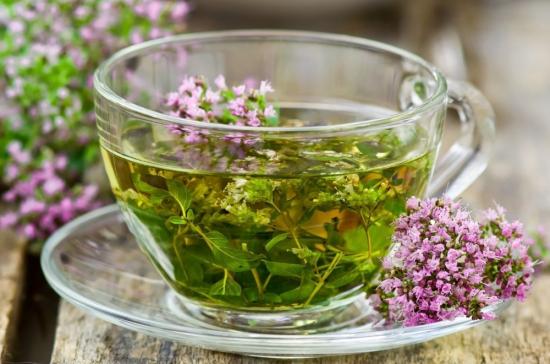
It is not recommended to consume it at all if:
- Having allergies;
- Primary school and teenage years;
- Acute renal failure;
- Epilepsy;
- Hypotension;
- Endometriosis;
- Uterine fibroids;
- Polycystic disease.
When consuming tea, it is important to consider that during pregnancy and lactation you should stop taking it. There is a risk of miscarriage or decreased milk supply.
Sage is widely used in medicine and cooking. Used as a drug for the treatment and prevention of diseases, spices to improve the taste of dishes.


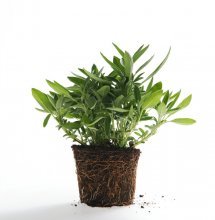


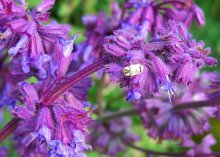
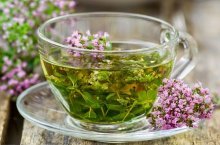
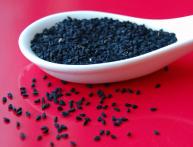

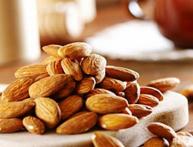
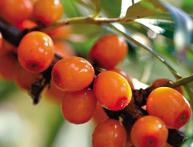
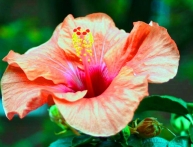
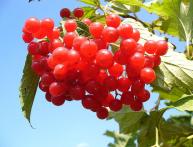
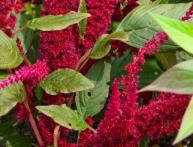
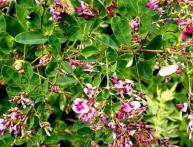
Comments
This plant is well known to me, but only as a remedy for various diseases of the oral cavity. I rinsed sore gums and teeth with sage many times, and this remedy always helped well.
I don’t like essential oils because of the strong smell as such. Judging by the description, the tea made from sage is not bad, but unfortunately my mother can’t drink it at all because of uterine fibroids.
I have heard a lot about the healing properties of sage from the gynecological side. In general, sage is a female herb, because contains phytoestrogens, they even treat infertility. But because of these same properties, it has a lot of contraindications; for some problems it cures, for others it aggravates the situation. You need to be 100% confident in your health to take this herb without indications.
This plant grows all around in my area, but I thought it was a weed. It's so unattractive! I’ve heard the name sage all my life, but I’ve never been interested in what it looks like. And it turns out they cook food with it! Great.